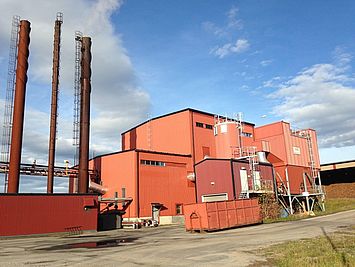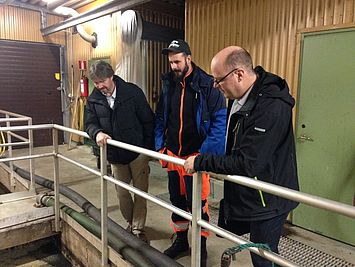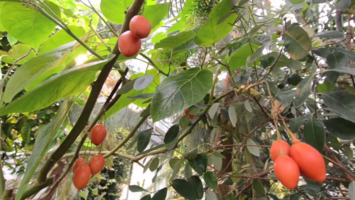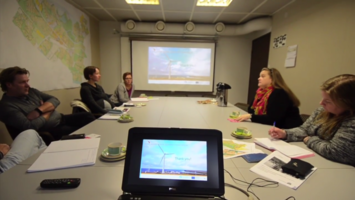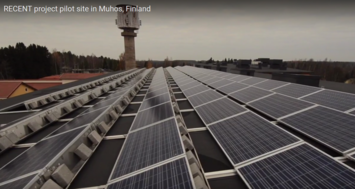Outputs and Results
The project aims to work with 24 Pilot Sites across the various partner countries. Please find information below:
Feasibility study for a co-digestion plant in the municipality of Jokkmokk, Sweden.
The feedstock for a possible biogas plant would consist of sewage sludge from the Wastewater Treatment Plant and biowaste mainly, and could lead to biogas yield of 62.000 m3 and an energy yield of 60 MWh a year. A very first calculation shows that a plant with a volume of about 300m3 would be necessary if the maximum potential could be realized.
Plants in this size are pretty rare in Sweden, and they are mainly existing in the context of farms which are digesting manure. Biogas could potentially be upgraded to fuel for cars, by an innovative approach developed by JTI – Swedish Institute of Agricultural and Environmental Engineering. This interesting solution will be investigated further.
Bioenergy generation (Co-digestion plant) in Sodankylä, Finland
The first Finnish pilot feasibility study has been undertaken in the municipality of Sodankylä in Lapland. They had a need to find utilization for wastewater sludge, which is currently stored outside the wastewater treatment facility. The decision was made for a co-digester that would also utilize separately collected bio-waste from the municipality, offal of the Sodankylä’s slaughterhouse and energy crops to be grown on fields currently not in use. The digester would be located next to the wastewater treatment plant. The municipality aims to utilize the biogas as transportation fuel.
Feasibility study for optimising district heating, Jokkmokk, Sweden.
Jokkmokk has a well-developed district heating in the central town, which runs on biomass. The main boiler is 17 MW and used for wood chips, an additional boiler of 3 MW runs on bioenergy pellets. However, for the very coldest day, there are is reserve in the form of electricity and oil boilers. These ones should be replaced, but before doing so, a study on the district heating net is done. The community has changed, some quarters have been developed, some industries have closed down and energy consumers need more or less energy compared to 10 or 20 years back in time. This changes even the pressure in the net and the possibilities to deliver heat in the most effective way. By optimizing the net the need for reserve capacity can be reduced, which is more efficient and economic. You can see a short video in Swedish www.youtube.com/watch
Ballymena Community Clusters Wind Turbine, Northern Ireland
Northern Ireland has begun work with a number of sites. One of these is a community led wind turbine project. A cluster of community groups from the four Ballymena districts came together to create a legacy project which will provide an ongoing revenue for other community projects. The location is not important to the clusters as this is a long term investment of up to 25 years. Action Renewables completed an analysis of a number of sites and through this programme, was able to complete full feasibility studies on two sites. Potential to install two 250kW turbines was fully investigated in compliance with the planning permission. Additionally, the two selected sites possess existing planning and grid connection permissions.
The Botanical Gardens of the University of Oulu, Finland
Another Finnish pilot feasibility study has been undertaken for the Botanical Gardens of the University of Oulu, Finland. How could energy be saved and renewable sources of energy be used? Watch an informative video here: https://www.youtube.com/watch?v=aWmSnsWB_o4
Sustainable Energy Plan, Vilhelmina, Sweden.
Vilhelmina is a municipality in the County of Västerbotten, Sweden with about 6000 inhabitants. Within RECENT, Jokkmokk municipality is sharing its experience in developing and implementing local sustainable energy plans with Vilhelmina. In this plan, specific energy solutions will be identified and ways to their implementation defined. Based on the plan a systematic approach on identifying the most economic and technical feasible solutions in both short-term and long-term is possible what will have a long lasting impact.
Eco-disctrict for the Päivänpaisteenmaa area of Muhos, Finland
Antton Niemelä, University of Oulu, designed an eco-disctrict for the Päivänpaisteenmaa area of Muhos. You can check it out along with other RECENT outputs at: www.oulu.fi/energy/node/41659




